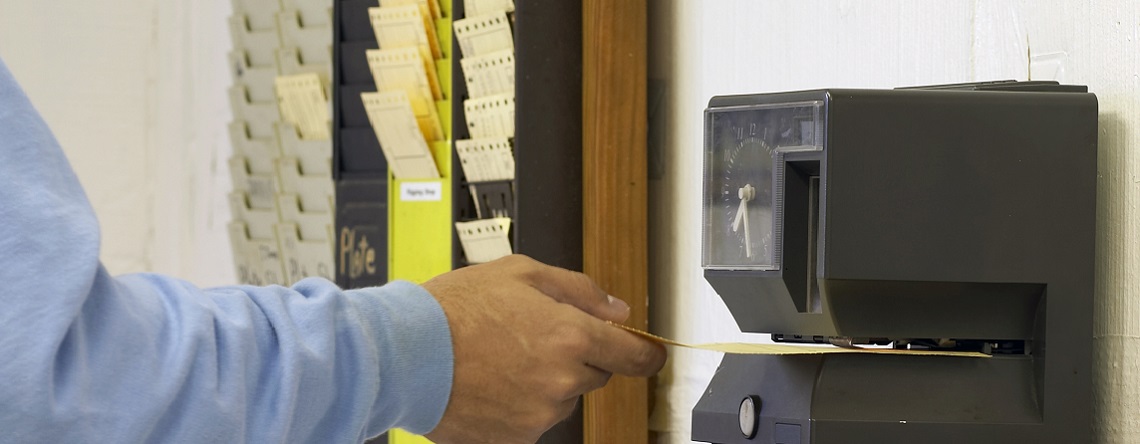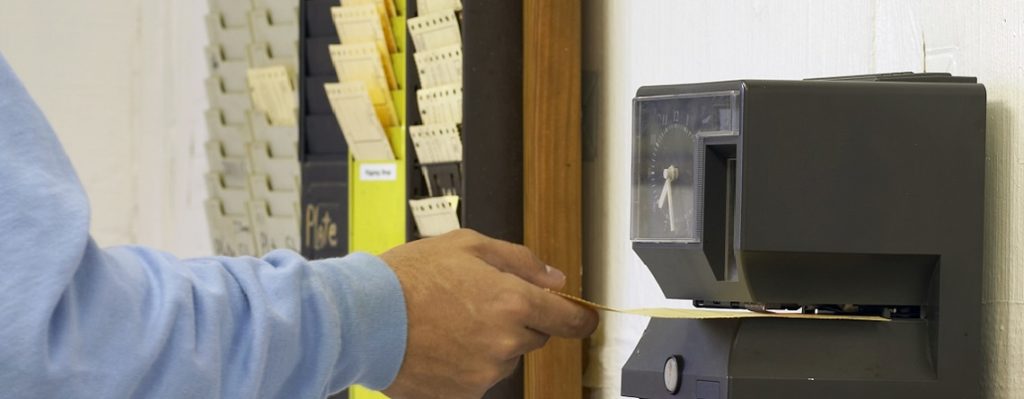
As a trader you only need one or two good trades to pay for the whole month, sometimes the whole year.
You could be treading water for weeks then you catch one big move that pays for all your losses.
Because of this, trading books recommend you stay disciplined and wait patiently for only the best setups.
It’s good advice but not always easy.
In fact, my best trades are often the ones I least expect to make a profit. If I only took the trades I was confident in I would have missed a whole lot of winners.
It’s a mistake to believe that you can identify the very best trade setups by eye and be able to grade them in the heat of the moment.
That said, there are some tricks you can use to stop over trading and help you to stalk out the best trades.
#1. Keep some cash aside
Markets are long tail which means you’re likely to experience lots of small wins and losses before you get the big one.
You don’t know when that big winner is going to come which is why it’s so important not to bet too much on one trade.
You have to bet small so that you have some cash aside for when the big move comes.
#2. Use a punch card system
Warren Buffet is fond of saying that if investors had a punch card with 20 slots to represent the investments they could make throughout their lifetime they would do much better.
The idea is that if you were only allowed to make 20 investments over your lifetime you would put a lot more effort into making sure those 20 were good investments.
You would spend more time evaluating each one and wouldn’t rush into a trade because you wouldn’t want to use up a valuable slot.
It’s solid advice and the same principle can be applied to short-term trading as well.
If you’re a day trader or swing trader, limit yourself to one trade a day or one trade a week.
If you spend enough time watching charts and reading news you can usually find one good setup per day.
#3. Define what your perfect trade setup looks like
If you are going to wait patiently for the perfect trade setup then clearly you need to have a very good idea of what that setup looks like.
What are the signs, patterns, news events that lead up to the perfect trade?
Take the time to define what the setup is then know what you are going to do when it arrives.
Once you have this locked down you simply need the discipline to wait for it.
However, as I mentioned above, some of my most profitable trades have been the ones I didn’t expect.
This is probably because no-one else expected them to be good trades either. This is why I recommend a systematic process — see the next point.
#4. Backtest your setup on historical data
As humans, we’ve evolved sophisticated pattern recognition skills. They’re so good, in fact, we’re able to notice patterns in random data.
It’s for this reason that you can’t trust your eyes to find you the most profitable trade setups.
My experience is that profitable trades are not always the ones you expect. Believing that you can identify them with enough practice is a long, difficult journey that many have tried and failed at.
A better alternative is to think about your perfect trade setup, translate it into code and then backtest it on historical data. Then you can see how good it really is and whether you should trade it or not.
Believe in that data, not your eyes, and then follow through with execution — the next point.
#5. Follow through with your process
If you are fortunate enough to find a working trade setup then you have a licence to print money for so long as that setup remains profitable.
This is the much talked about ‘edge’, the holy grail of trading.
But just because you’ve found an edge doesn’t mean the work stops there.
You still need to employ the right money management and have the discipline to execute every setup. Because if you don’t, you could miss out on the one trade that makes your year.
#6. Don’t miss the big trades
If you don’t follow your system through hard times you could miss out on the big trade that turns it around.
To put this in perspective, consider that some of the trend trading strategies on our program have a win rate of around 40%.
For a 40% win rate system, the probability of you seeing 12 losing trades in a row (across 1000 trades) is over 58%.
Because financial markets move in trends, I would wager that this probability is even higher than that.
(In fact, I just ran a backtest for one of our trend systems and got a maximum losing streak of 20 trades. The probability of this happening is only 5% based on a 3600 sample).

Also, I have gone through a losing streak of 10 trades just in the last couple of weeks.
What this means is that even if you have a holy grail system, you will still experience long losing streaks.
You need to have the stomach for it and be able to execute even when you keep losing.
And you need to have a tidy money management system that can deal with such a losing streak.
But don’t worry, the more you learn and the more comfortable you get with your trading strategy the easier it becomes to follow it.


Great article Joe!
Short, to the point and advanced (even beyond warren buffet 🙂 )
oh, thanks!
Highlights an important issue..
From a psychological perspective, sometimes it’s kind of hard to stick with a low win rate strategy – confidence issues plus it requires a meticulous execution. The one trade that you miss might be the difference between a profitable & loss making portfolio.